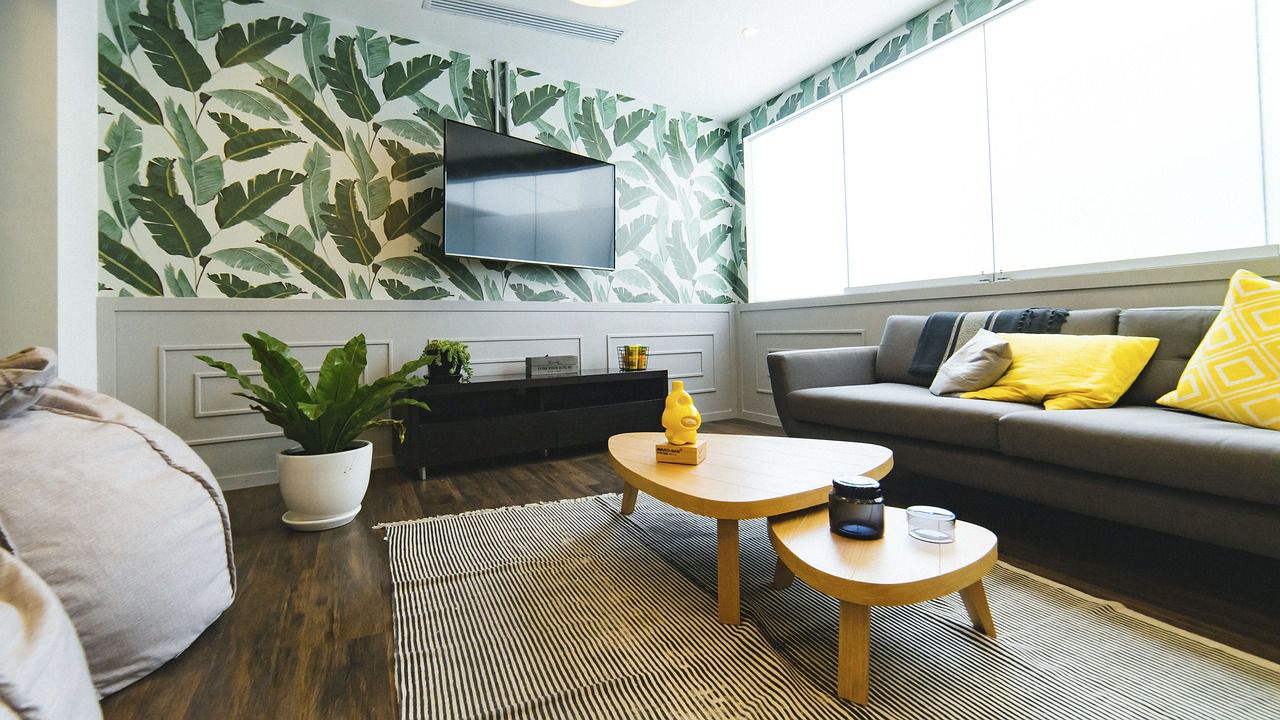Expensive furniture can be amazing - it looks great, and it lasts for many years.
Meanwhile, there are several situations in which it might not be advisable to buy expensive furniture.
Here are some scenarios to consider.

Temporary or Short-Term Living
If you're in a situation where you know you'll be moving frequently, or you're living in a temporary space, investing in expensive furniture may not be practical.
Frequent moves can increase the risk of damage or wear and tear on your furniture.
Changing Tastes or Styles
If your design preferences tend to change frequently, investing in expensive furniture may not be a wise choice.
You might find yourself wanting to update your furniture to match new styles, making expensive pieces a potential source of regret.
Households with Young Children or Pets
Families with young children or pets are more likely to experience spills, accidents, and general wear and tear on furniture.
In such cases, it might be more practical to choose durable, easy-to-clean, and budget-friendly options.
Rental Properties
If you're renting a property, especially one that is furnished, it may not make sense to invest in expensive furniture since you may not have full control over the space or be able to take the furniture with you when you move.
Functional Needs
If you require specialized furniture for specific activities (e.g., working from home, exercise, hobbies), it may be better to prioritize functional features over luxury.
Limited Use
If a particular piece of furniture is rarely used or occupies a space with minimal traffic, it may not warrant a high investment.
In such cases, a more cost-effective option could suffice.












